I’m sure we have all done this – stand restlessly in line waiting for immigration checks and sneaking a glimpse at other people’s passports. What colour is their passport and where are they from?
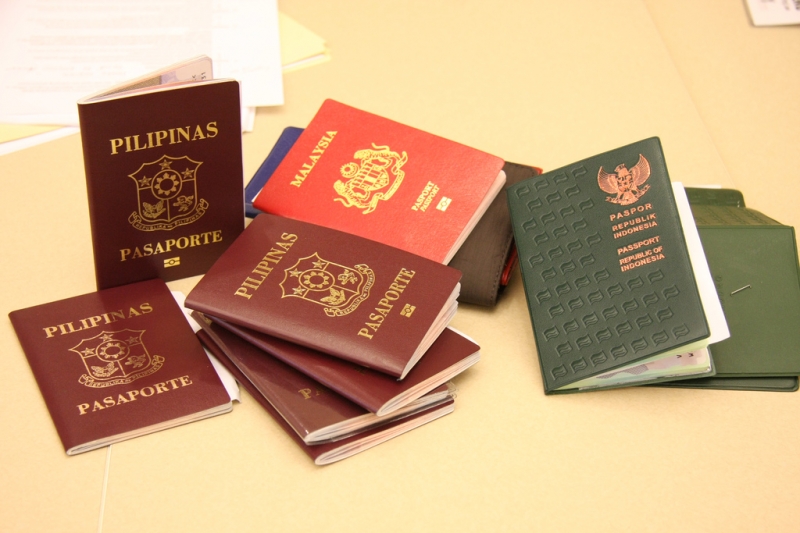
Image credit: susi.bsu
If you have spent as much time as me staring at fellow passengers in line, you might have also noticed that there aren’t that many differences in the base colours of people’s passports. In fact, there are only four base colours all over the world – red, blue, green and black. This could be the result of limited resources available to meet the strict cardstock requirements for passports. Still, these main colours can be differentiated into a whole variety of shades. For example, red can give rise to a bright vermillion for Switzerland, but also a deep burgundy for members of the European Union (except Croatia). Altogether, there is enough to go around for each country to adopt their own unique shade.
Well then, who actually decides how our passports look like?
While the International Civil Aviation Organisation (ICAO) plays a significant role in determining the size and formats of passports, governments are the ones responsible for deciding on the exact colour and hue used for their country. Their choice tends to not be for superficial reasons and instead, is likely to be a deliberate move to reflect the country’s geographical or political affiliations. The following illustrates what each colour represents, and the countries that have adopted them.
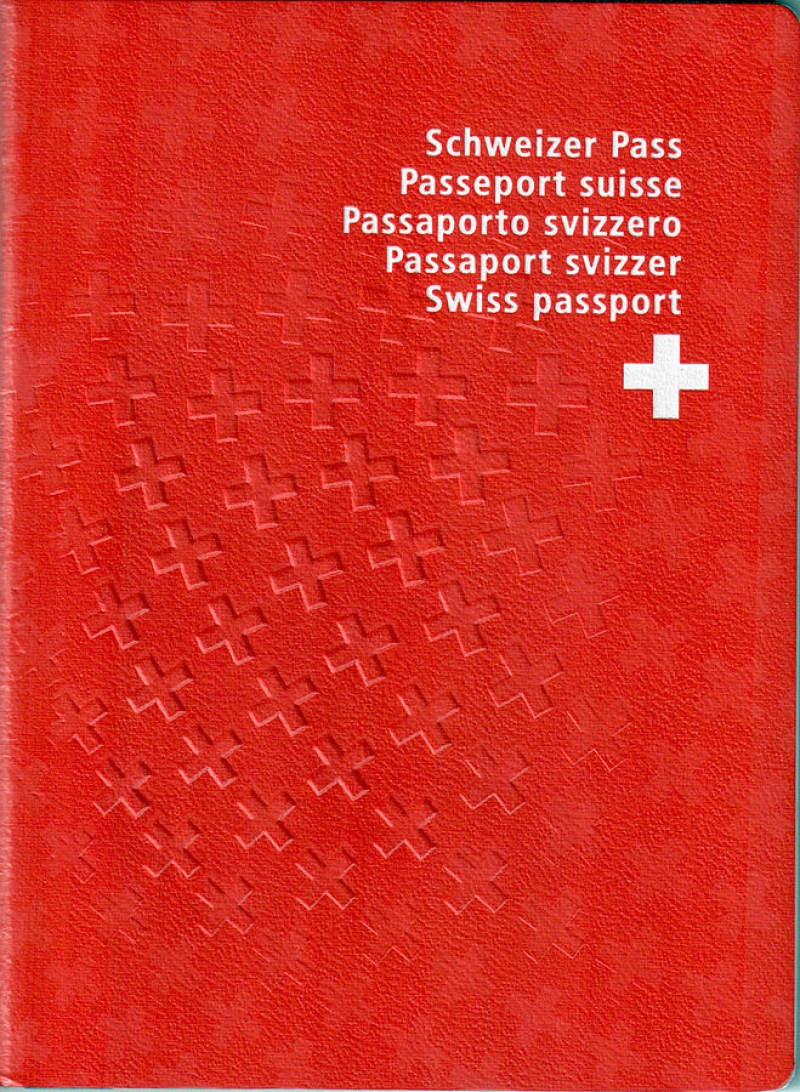
Switzerland Passport
Red indicates previous or current affiliation to the Communist Regime (European Union (EU), China, Russian Federation), or is a reflection of their national flag (Singapore, Switzerland).
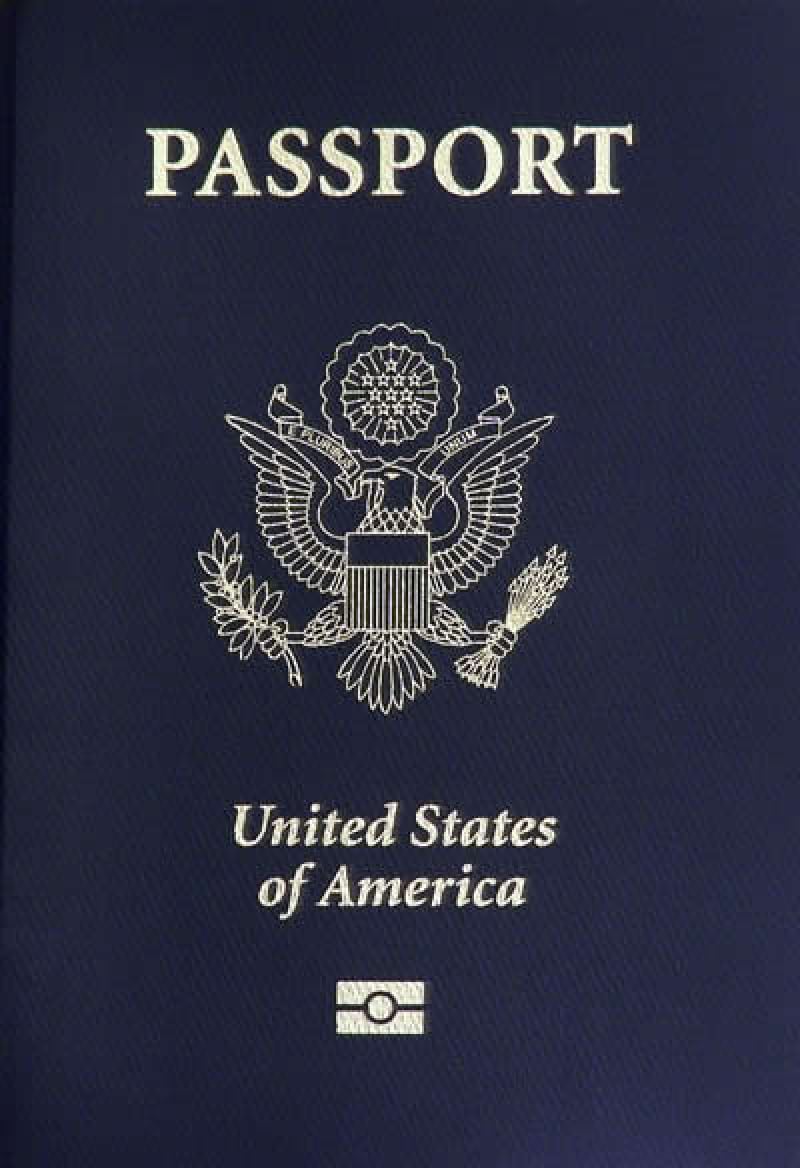
American Passport
Blue symbolizes the ‘New World’ countries (United States of America (USA), Canada, Caribbean countries, Australia) or a connection with the Mercosur Trade Union (Brazil, Argentina, Paraguay).
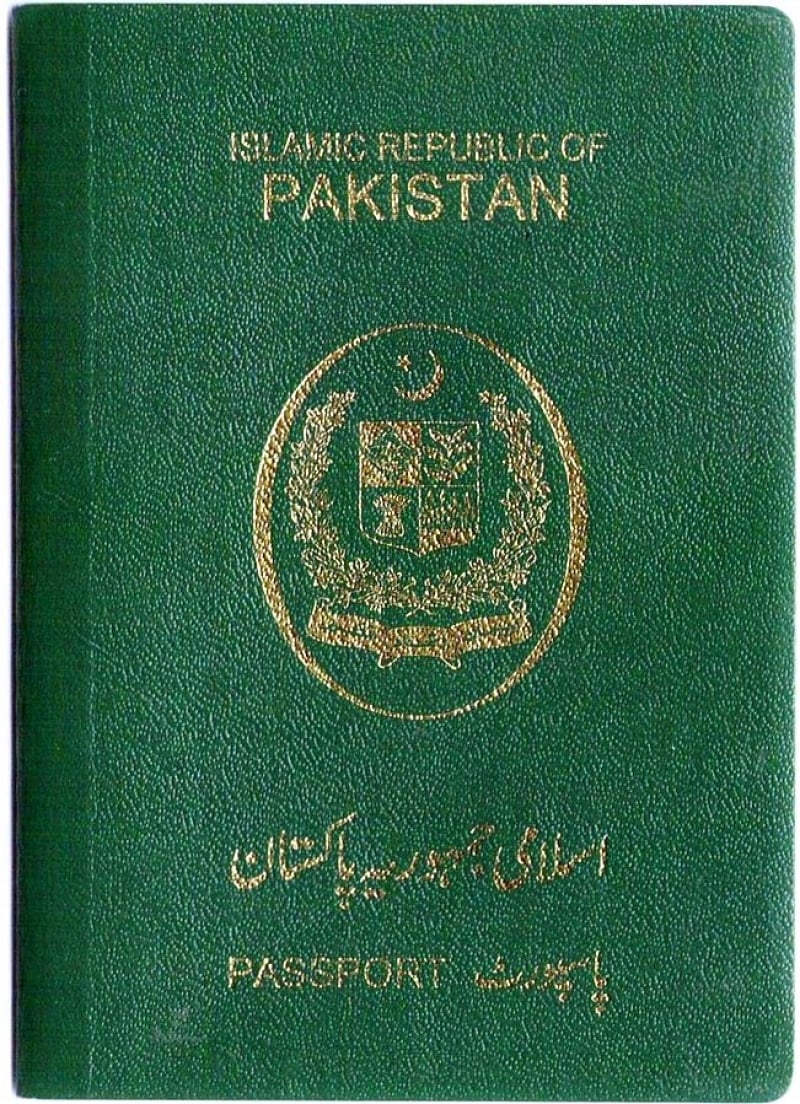
Pakistan passport | Image Credit: Mike35741
Green is an homage to the Islamic faith, since green is considered to be the Prophet Muhammad’s favourite colour (Pakistan, Saudi Arabia, Iran).
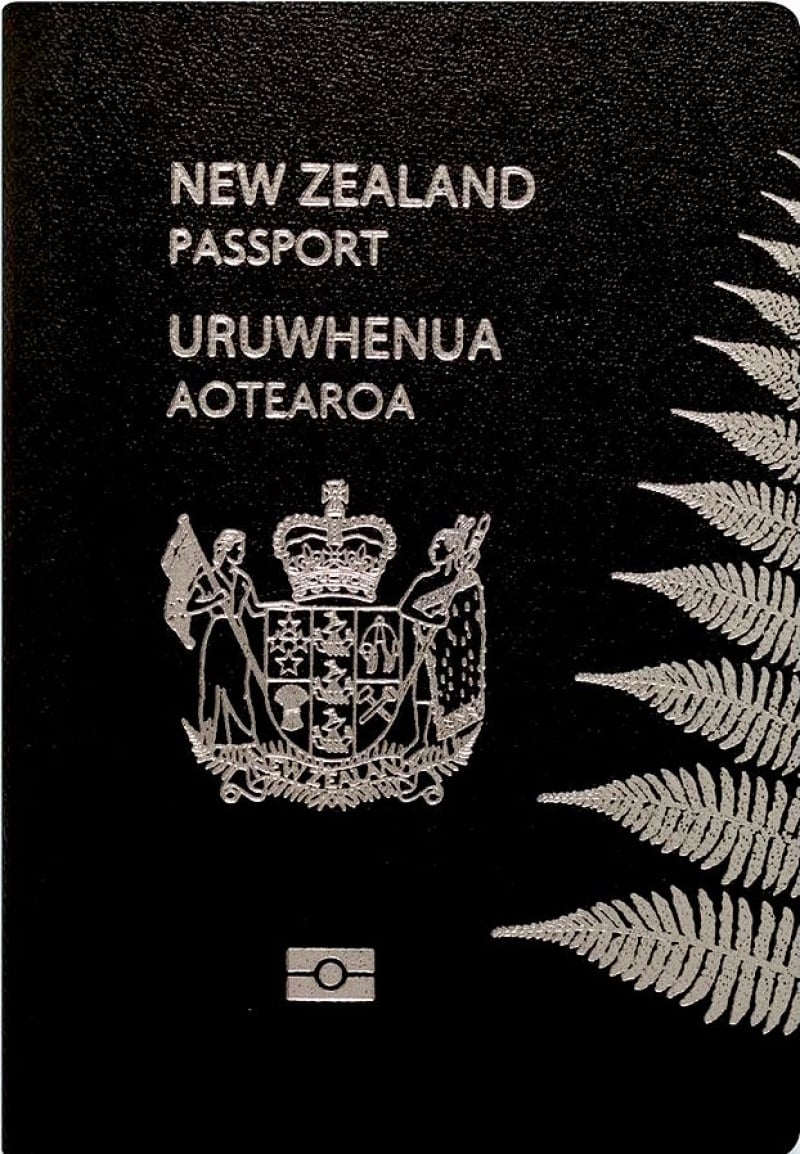
New Zealand Passport
Black is used for practical reasons since it is less likely to appear “old” or “worn out”, or can also represent a national colour (New Zealand).
Given that the choice of colour may be correlated to the country’s geopolitical status, it is not surprising that many countries have seen changes to the colours of their passports. Turkey has had multiple revisions – from red, to blue, to green and then back to red again. Their current choice to revert to burgundy has been seen as a strategic move to indicate their interest in joining the EU. On the other hand, with ongoing Brexit discussions and Britain’s looming departure from the EU, there are plans for the British passport to shed its burgundy colour and adopt a blue cover instead.
A single country may also adopt multiple colours to denote differences in status and identity for its citizens. In India, ordinary citizens have a dark blue cover, but government officials going on business trips have a white cover (service passport) and top ranking government officials and diplomats have a maroon cover (diplomatic passport). Likewise, in USA, ordinary citizens receive a blue cover, but diplomats and military personnel have a black passport.
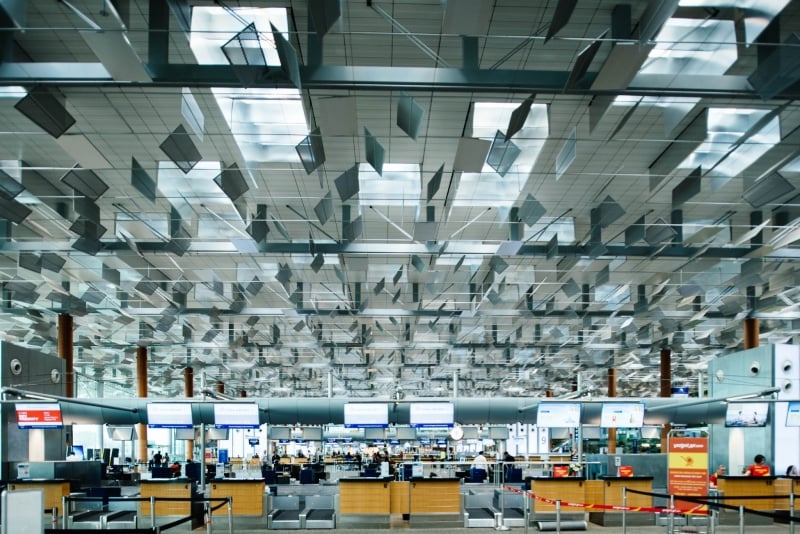
Evidently, there is a lot more to passports than meets the eye. After all, it is such an important document that gives us the opportunity to travel the world. Still, many of us take it for granted, and just whip out without a second thought. Well, the next time you are ready to jetset to a new destination, reflect on why your passport is the colour it is, and look around to spot the colours of other passengers around you! At least it’ll make the lines go a bit faster.




